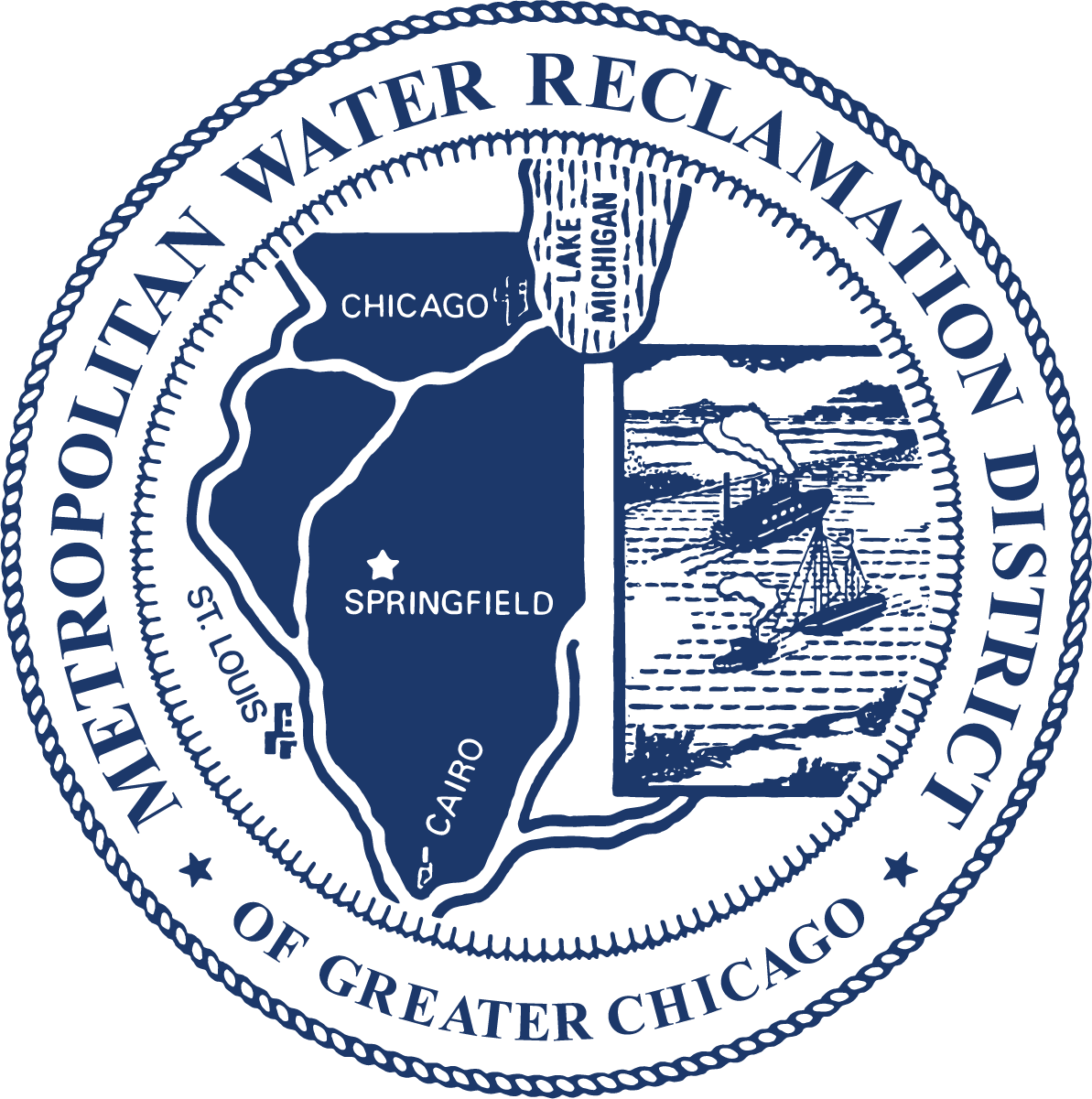Save the Monarchs
The MWRD has partnered with the Illinois Monarch Project to help save monarch butterflies, the official state insect of Illinois. You can help, too!
The monarch butterfly population has shrunk in the last several years, mostly because of climate change and habitat loss. This habitat loss is caused by urban development, poor land management practices, illegal logging and the use of pesticides.
Milkweed is the only food the monarch butterfly caterpillar eats. By planting milkweed, you can help provide them with the necessary food and habitat. Milkweed is also a native plant that can help absorb rainwater that would otherwise contribute to flooding.

Plant our free milkweed seeds
We will send you a free packet of milkweed seeds when you take our online pledge to help save the monarchs (while supplies last).
Please allow up to three weeks for delivery. Once you receive your packet, follow the directions on the back cover for preparing and planting your seeds.
Warning: Milkweed seeds are not meant for human consumption and can be harmful if digested. Keep out of the reach of children and pets.
How milkweed helps our environment
Milkweed is a native plant to the Chicago region that provides food and shelter for monarch butterflies. Planting milkweed and other native plants is an effective way to help protect your home from flooding, provide a habitat for wildlife, and improve water quality by absorbing rainwater where it falls.
For more information about gardening with native plants, see our Green Neighbor Guide, a manual about how you can help reduce flooding in your area.
Monarch waystations
As part of our partnership with the Illinois Monarch Project, the MWRD has earned national distinction by creating certified monarch butterfly waystations at our Calumet, Egan, O’Brien and Stickney Water Reclamation Plants (WRPs). The waystations are sunlit open spaces that offer a place for monarch butterflies to eat and rest as they migrate across North America yearly. Additionally, Cook County is part of the monarch butterfly’s annual migration route from Mexico to Canada. By planting milkweed and wildflowers, the MWRD created a safe and welcoming place for the butterflies to recharge before continuing their journey.

Resources
-
The Illinois Monarch Project has released a flipbook about current threats to the monarch butterfly, the importance of milkweed and why public support is needed to help save the butterfly from extinction.
-
The Monarch Joint Venture (MJV) brings together partners from across the U.S. to conserve monarch migration. Every year, they create a Monarch Conservation Implementation Plan, highlighting ways to help restore monarch butterfly populations.
-
The U.S. Fish & Wildlife Service has developed a database about conservation efforts for the monarch butterfly.
-
Illinois Green Economy Network (IGEN) developed the Illinois Community College Monarch Migration Network to help save the monarch butterfly. The network aims to create monarch habitats on campus, educate students and the public, and form partnerships to help the butterflies.
-
The National Park Service is fighting against monarch habitat loss by growing milkweed at its national parks. Learn more about their initiatives on the National Park Service website.
- The Field Museum’s Keller Science Action Center asks community members to share pictures of monarch caterpillars found on milkweed plants around their area.
